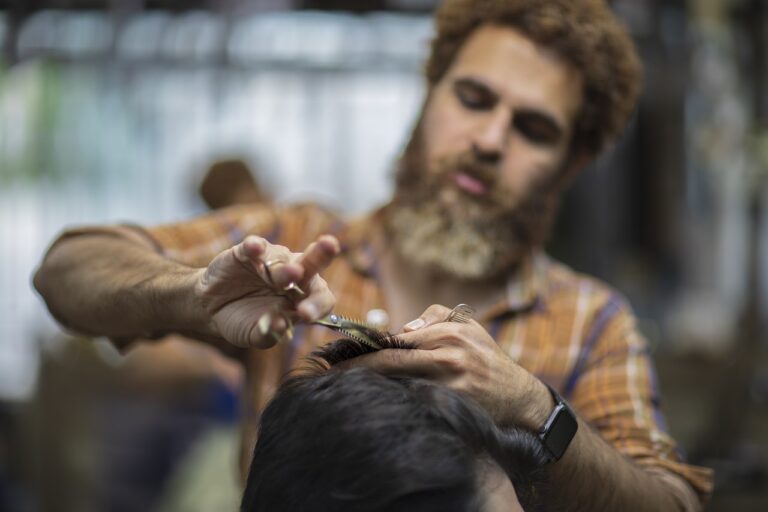The Role of Virtual Try-On Technology in Reducing Returns
Virtual try-on technology utilizes advanced augmented reality to provide customers with a realistic and interactive digital experience. By leveraging algorithms and 3D modeling, this innovative tool allows users to virtually test out products in real-time through their devices. Customers can see how an item looks on them by simply uploading a photo or activating their device’s camera.
Once the customer’s image is processed, the virtual try-on technology superimposes the selected product onto their photo or live video feed. This simulation seamlessly adjusts the size, color, and fit of the product to match the user’s measurements and proportions accurately. Customers can rotate, zoom in, and move around to view the item from different angles, providing a comprehensive view of how it would appear in reality.
Benefits of Virtual Try-On Technology for Customers
Virtual try-on technology offers customers a unique opportunity to experience products in a virtual setting before making a purchase. This immersive experience allows customers to see how an item looks on them without physically trying it on in a store. By utilizing this technology, customers can make more informed decisions and feel confident about their choices.
Moreover, virtual try-on technology eliminates the need for traditional fitting rooms, saving customers valuable time during their shopping experience. With just a few clicks or taps, customers can virtually try on multiple items, compare different styles, and mix and match outfits effortlessly. This convenience not only streamlines the shopping process but also enhances the overall customer satisfaction by providing a more seamless and engaging shopping experience.
Impact of Virtual Try-On Technology on Retail Businesses
Virtual try-on technology has revolutionized the retail industry by offering customers a unique and engaging shopping experience. By allowing consumers to virtually try on clothing, accessories, and even makeup, retailers have seen an increase in customer engagement and satisfaction. This technology has not only enhanced the overall shopping experience for customers but also improved the likelihood of them making a purchase.
Furthermore, virtual try-on technology has proved to be a valuable tool for retailers in reducing return rates. By enabling customers to visualize how a product will look on them before making a purchase, retailers can minimize the chances of customers receiving items that do not meet their expectations. This has not only helped retailers save on costs associated with returns but also boosted customer trust and loyalty in the brand.





